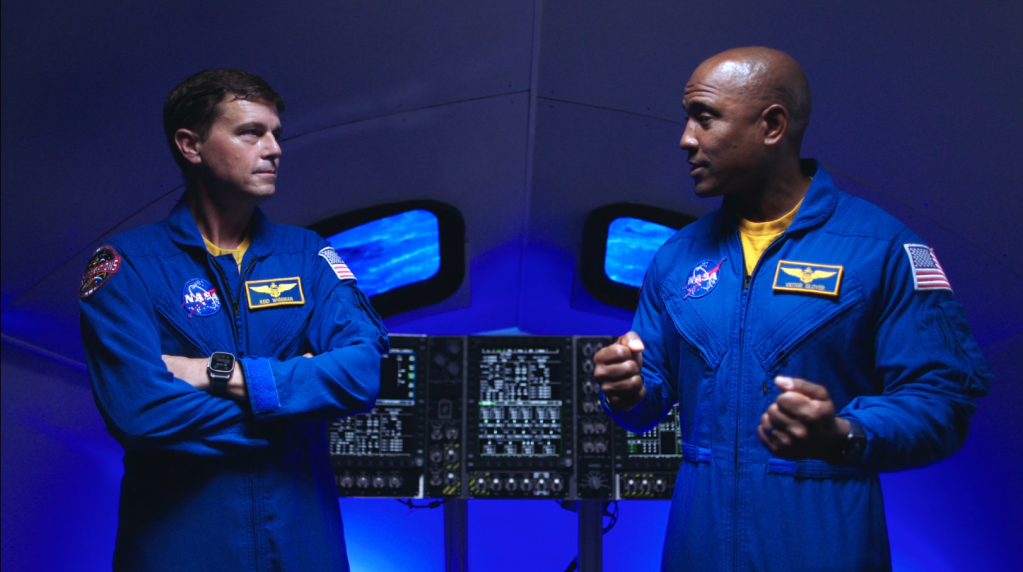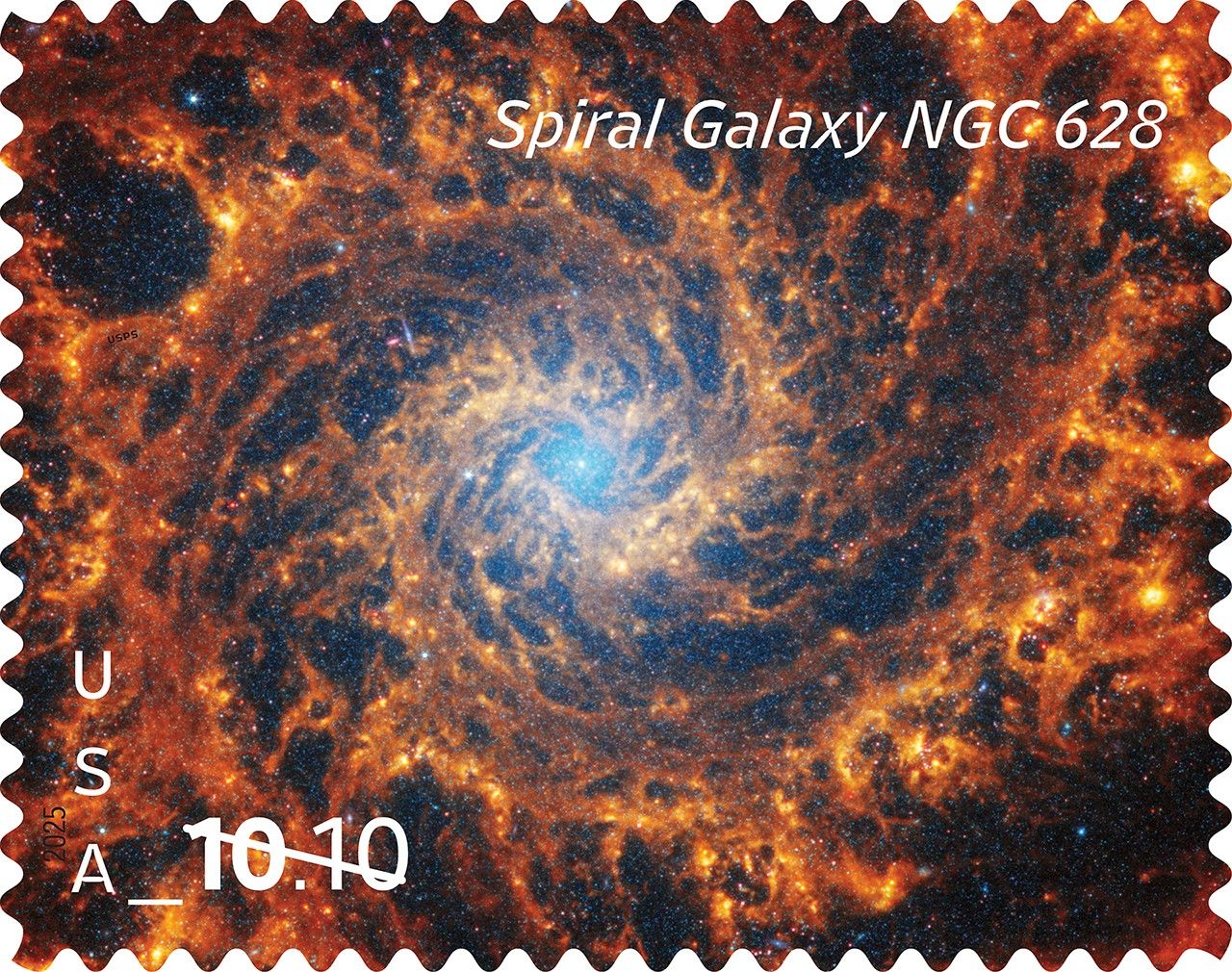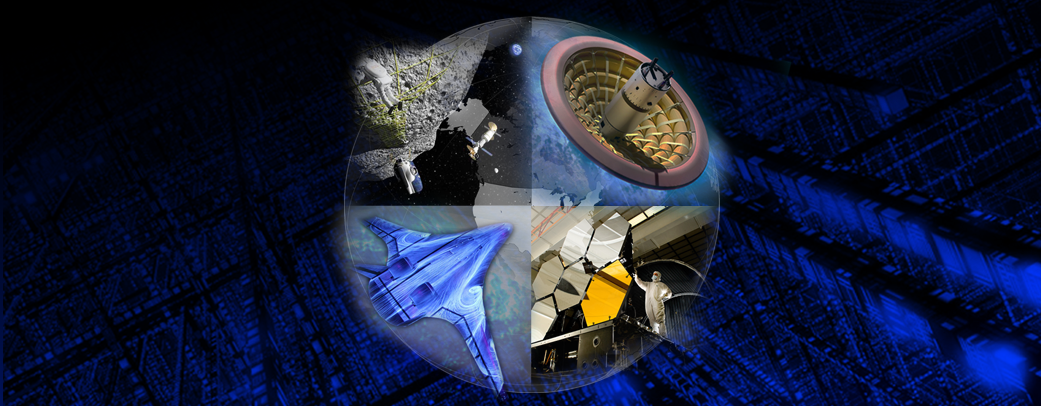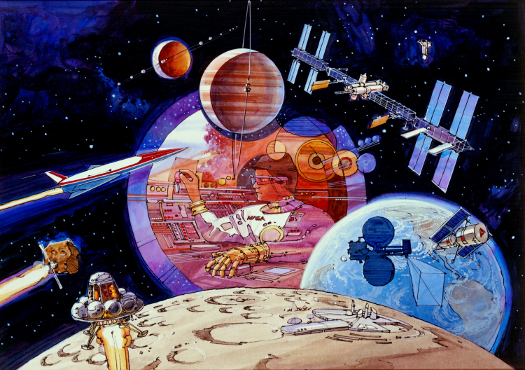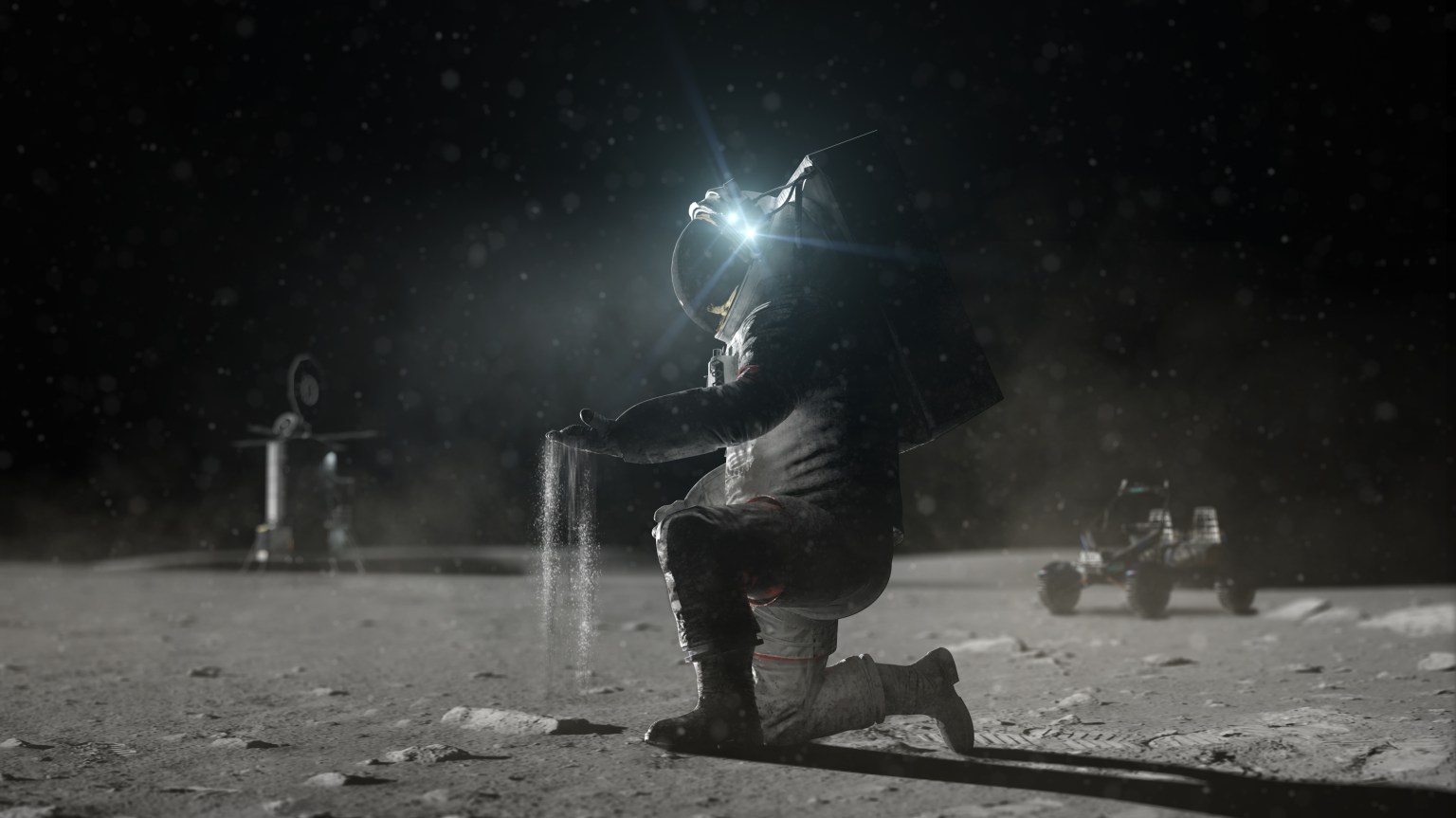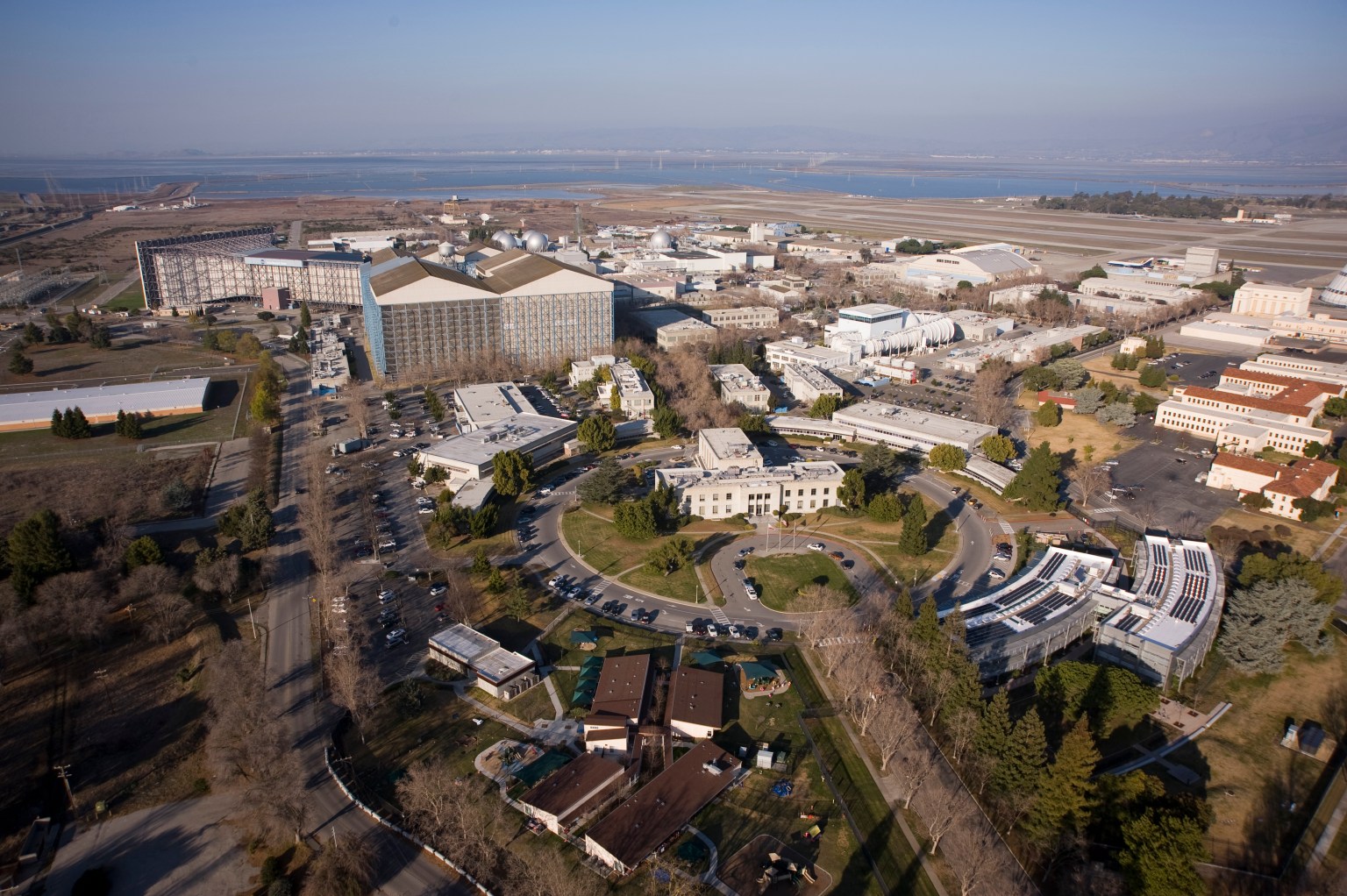The IRAD develops strategic technical capabilities in support of the center competencies and thereby enables science, technology, and engineering efforts for future agency missions. The advances in science and technology expected through this program will provide opportunities for technical risk reduction and/or increased cost effectiveness and initiate potentially transformational solutions.
Please join us in congratulating the FY24 IRAD awardees:
- Walter Alvarado – Biomarkers in Radiation Exhalation Assessment Tool for Health Evaluation (BREATHE).
- Don Banfield – Mars Doppler Wind & Thermal Sounder Ozone Cell Maturation.
- Grace Belancik – Cryocooler-Deposited CO2 Purifier.
- Amanda Brecht – AIR (Ames Infrared Imager): Maturation of a Compact and Versatile Hyperspectral Imager.
- Anthony Colaprete – Moon3D and Dust Particle Suite: An Artemis IV Deployed Payload.
- Magnus Haw – IMPedance Analysis and Certification Technology (IMPACT).
- Tori Hoehler – Verification and Validation of ARC Enceladus Life Signatures and Habitability (ELSAH) Payload Elements for New Frontiers 5.
- Brian Kempa – DARTS: Distributed Autonomous Robotic Tomography of Seismics.
- Jessica Lee – Fluorescence detection and optogenetic activation for microbial experimentation beyond LEO.
- Mike Padgen – SAMMS: Spaceflight Autonomous Multigenerational Microbial Sequencer.
- Keith Peterson – PICA-Flex: A Low-Cost Advanced Ablative TPS in NASA’s New MERINO Family of Materials (Materials Engineered for Re-entry using Innovative Needling Operations).
- Richard Quinn – Microfluidic Icy-World Chiral-Chemistry Analyzer (MICCA).
- Naseem Rangwala – Enabling a New Vacuum High-Contrast Imaging Testbed for NASA’s Habitable Worlds Observatory.
- Farid Salama – Developing a New Negative Ion Production System on the COSmIC Facility for Interstellar and Planetary applications.
This year, the IRAD was highly competitive with more than 65 proposals submitted from across the center and represents an over 100% increase in the number of proposals submitted compared to last year. The 14 proposals selected represent an approximately $2.8 million center investment over two years and consists of 13 proposals by principal investigators not in the FY23 awards.
We appreciate everyone’s interest in this important program and look forward to hearing about the results of these investigations.
Congratulations to all the FY24 IRAD recipients!
Past Internal Research and Development Winners
FY23 IRAD Awardees
- Don Banfield – Mars Doppler Wind & Thermal Sounder (DWTS): Ozone Gas Cell Development
- Anthony Colaprete – Atmospheric Structure Investigation (ASI) for New Frontiers OPIS (Observatory for probing internal Saturn Atmosphere) Proposal
- Jay Feldman – Modernization of Tile Manufacturing for Reusable Thermal Protection Systems
- Kevin Fogarty – Prototype for the PIAA-Vortex Coronagraph
- Jeremy Frank – Adaptive Automated Airborne Mapping of Dynamic Flows
- Matthew Gasch – Affordable Robust Compliant TPS (ARCTPS)
- Marcus Murbach – Nano-sat Re-entry Demonstration of a Self-stabilizing Probe: In-situ Measurement of the Edney Type 4 Shock-Shock Interaction
- Raj Pai – AviateNLP, Foundation Artificial Intelligence Model for Aviation
- Richard Quinn – MICA: Microfluidic Icy-World Chemical Analyzer Technology Advancement and Risk Reduction
- Antonio Ricco – Maturing and Testing SPLIce: Demonstration of Mission-Critical Functional Performance Required for a Successful New Frontiers 5 Proposal
- Yasaman Shirazi – Quantitative microRNA sequencing on a nanopore platform
- Mary Beth Wilhelm – Grinding Rocks in Martian Gravity: Preparing for Partial-g Flight Testing of the ExCALiBR Comminutor Subsystem with ARC UAS
FY21 IRAD Awardees
Please join us in congratulating the FY21 IRAD awardees:
- Thomas Bristow – A New X-ray Detector for Planetary X-ray Diffraction Instruments
- Sarah D’Souza – Entry, Descent, and Landing, or EDL, for Aeolus
- Laura Iraci – sUAS Tracking of Subtle Volcano Emissions
- David Murakami – Automated sUAS Inspection Capability for NASA’s Mission Critical Testing Facilities
- Antonio Ricco – ChIPPS: Charged Information-storage Polymer Preparation System
- Paul Wercinski – Computational Aerothermal Modeling and Simulation of Hypersonic, Low-density Flows for the ADEPT Drag Modulated Aerocapture Mission
FY19 IRAD Awardees
Please join us in congratulating the FY19 IRAD awardees:
- Ruslan Belikov – Maturing Linear Dark Field Control for Exoplanet Imaging
- David Blake – CheMin-V: Development of an XRD/XRF Instrument for the Venera-D Mission to Venus
- Anthony Colaprete – Maturing Ozone Gas Cells for Aeolus’ DWTS (Doppler Wind & Thermal Sounding) Instrument
- Stephen Dunagan – Miniature unmanned airborne Sunphotometer for Sun-Tracking Atmospheric Research (muSSTAR)
- Laura Iraci – Getting ALOFT: Advancing the Ames-LGR OCS FlighT instrument to Mission Readiness and Proposal Success
- David Murakami – Automated sUAS Inspection Capability for NASA’s Mission Critical Testing Facilities
- Tony Ricco – µCAFE: Integration and End-to-End Demonstration of microChemical Analysis of Fluids for Exobiology System
- Nettie Roozeboom – NAS Intercenter netWork for Research and Development
- Mary Beth Wilhelm – Novel Life Detection System Coupling Lipid Extraction with Raman Spectroscopy
FY18 IRAD Awardees
Please join us in congratulating the FY18 IRAD awardees:
- Ved Chirayath – MiDAR – Multispectral Imaging, Detection, & Active Reflectance Instrument – kW-class Transmitter & Receiver Development
- Tony Colaprete – Maturation of a Laser Nephelometer for In-Site Atmospheric Missions
- Matthew D’Ortenzio – Jigsaw: Software for Critical Event Deconfliction for Interplanetary NanoSat Missions
- Terry Fong – PHALANX – Projectile Hordes for Advanced Long-term And Networked eXploration Distributed Miniature Projectile Sensor Networks
- Tom Greene – Laboratory advancement of high precision exoplanet measurements for the Origins Space Telescope
- Raj Venkatapthy – Highly Reliable 3-D Woven TPS for Mars Sample Return Mission




